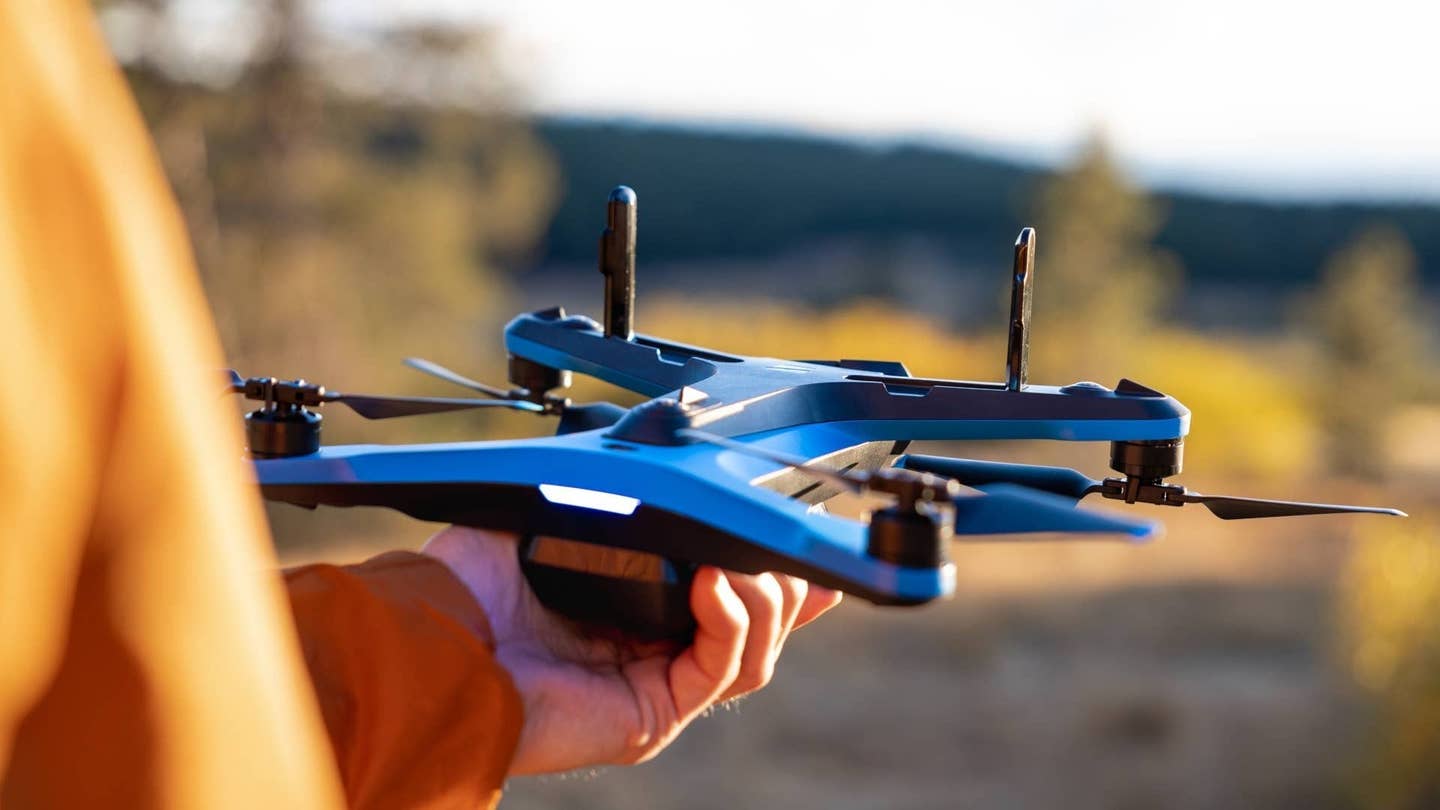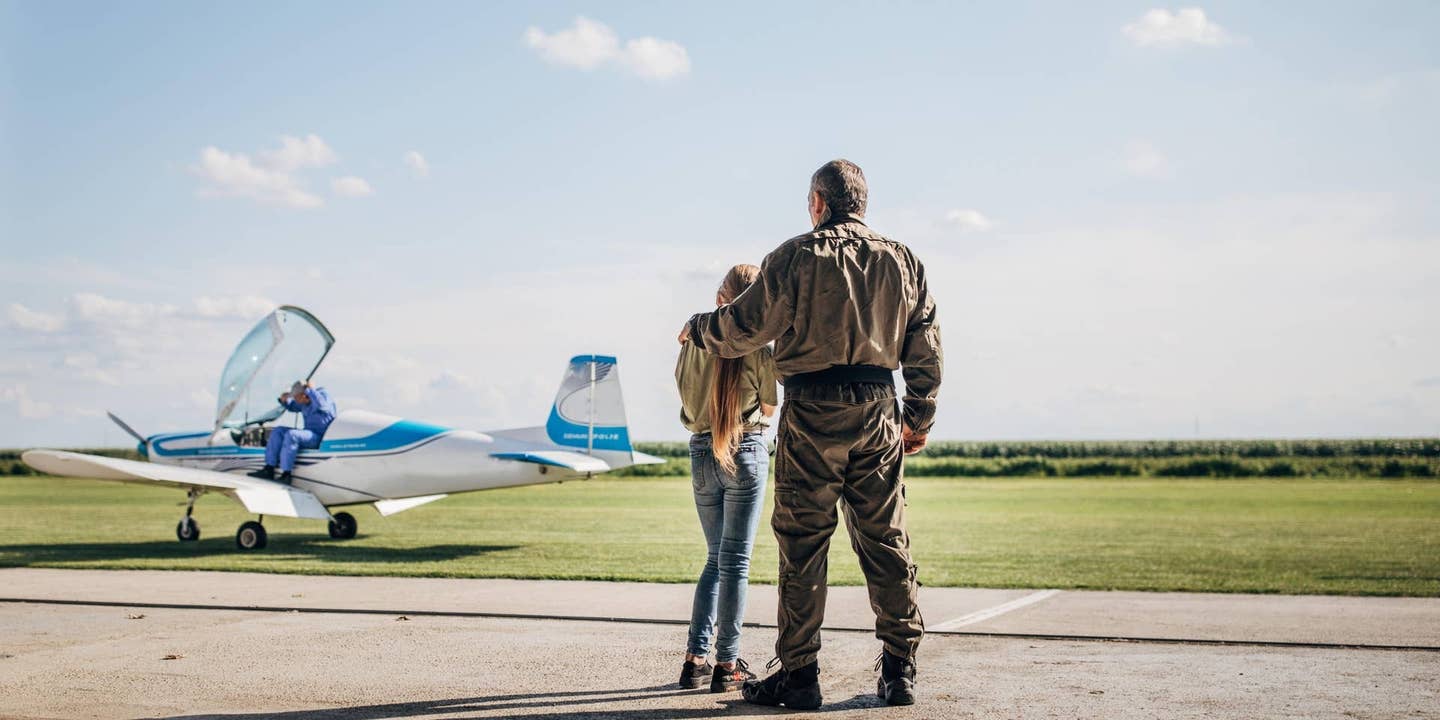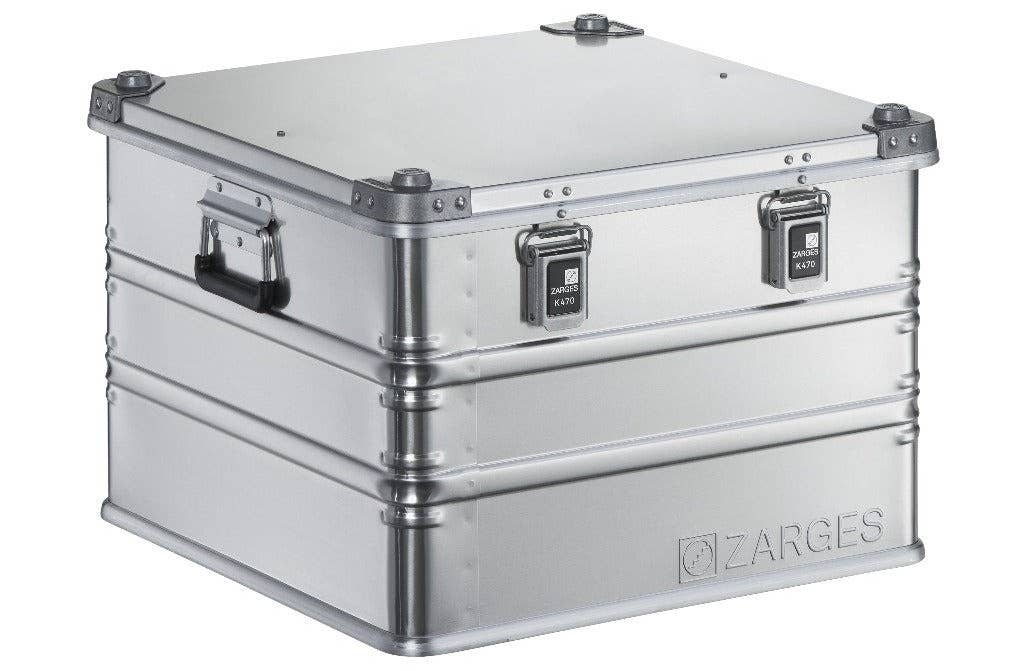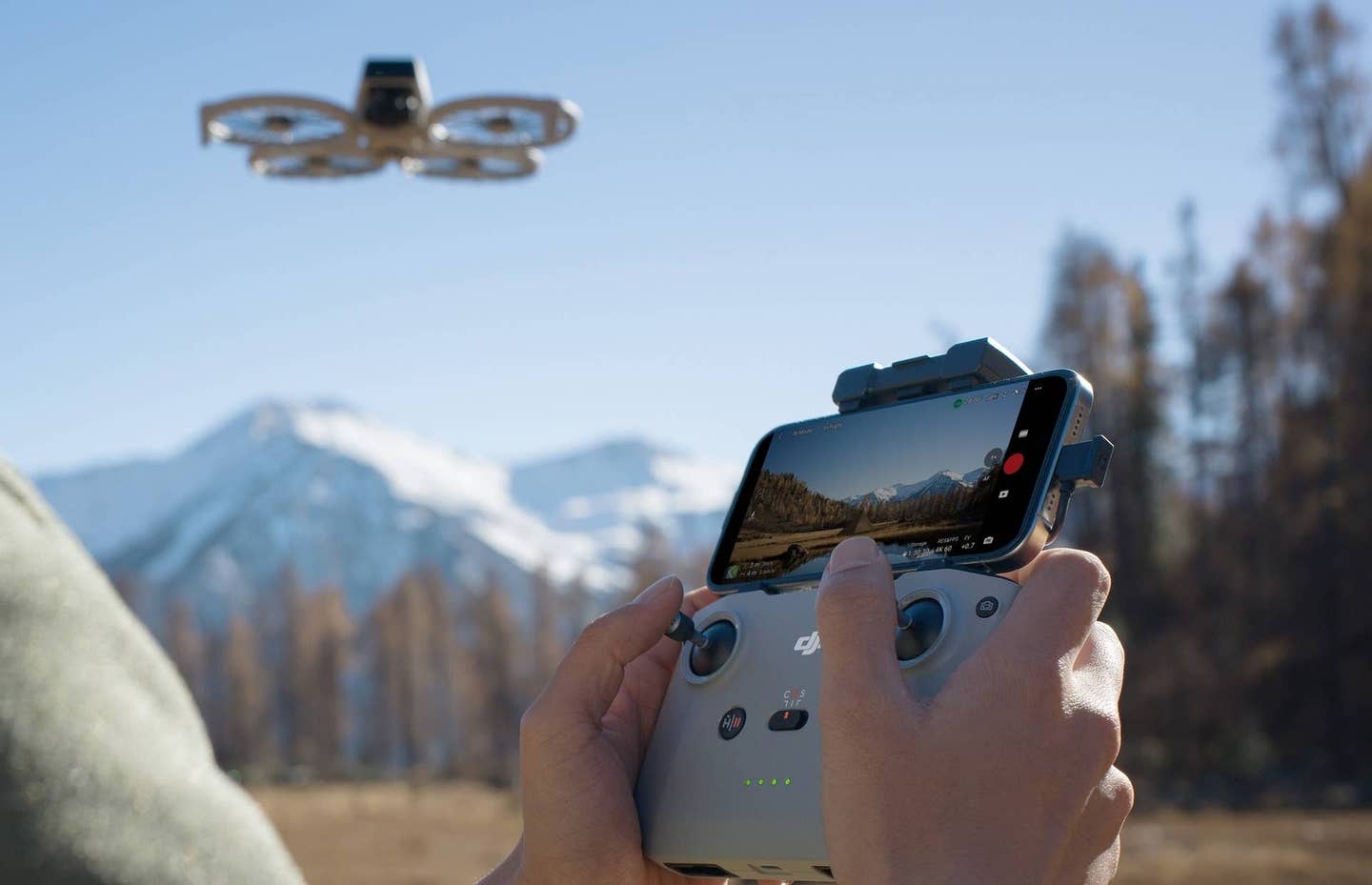Emergency Gear Required for Overwater Operations
Navigate the challenges of overwater flying by equipping yourself with the right emergency gear.
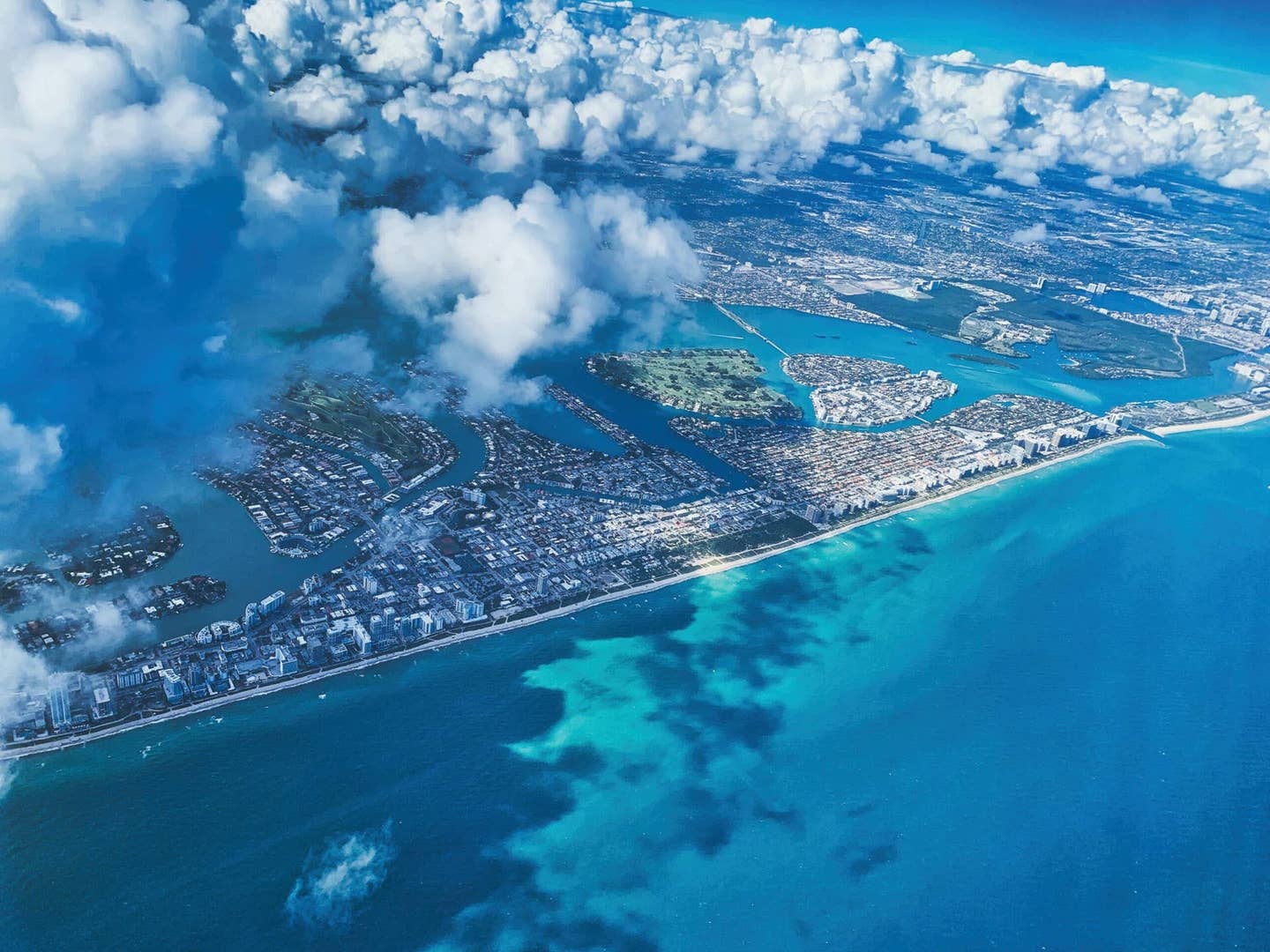
The emergency gear required for overwater operations can be easily misinterpreted if you are out of practice. [Photo: Kaysha/Unsplash]
Flying over water presents unique challenges for pilots. Therefore, they must stay alert as they navigate the remote and vast stretches of water. The risk of emergencies is increased in the overwater environment due to unpredictable weather patterns (e.g., high winds) and environmental factors (e.g., ocean currents). The lack of visual landmarks further complicates navigation, highlighting the necessity for precision and reliance on instruments.
Let’s explore which emergency equipment is essential for ensuring that the pilot and passengers have the necessary tools for survival during an overwater operational emergency. Additionally, let’s examine how thorough training, effective planning, and strict adherence to regulations can further enhance successful overwater operations.
Required Emergency Equipment for Overwater Operations
The emergency equipment required for overwater operations can be easily misinterpreted if you have not conducted such operations in a while. Therefore, dusting off the FAR/AIM ($24.95) and revisiting the gear you need to carry in case you intend to fly over water is occasionally essential.
- READ MORE: What to Put in an Airplane’s Emergency Kit
Emergency equipment for overwater operations
Federal Aviation Regulations (FAR) are the primary guidelines issued by the Department of Transportation (DOT) and the FAA to oversee the aeronautics and space divisions. They ensure the safety and efficiency of aviation operations and encompass a broad range of topics, including the emergency equipment necessary for overwater operations. Therefore, it is crucial to interpret these regulations correctly to guarantee compliance.
FAR 91.205 (b) [12], for instance, applies only to “for-hire operations” and only then requires approved flotation gear (e.g., Constant-Wear Life Vest ($119.95)) to be readily available to each occupant during overwater operations and beyond power-off gliding distance from shore. Unless the aircraft operates under Part 121 (i.e., air carriers and operators for compensation or hire), the overwater operation also requires at least one pyrotechnic signaling device (e.g., ACR ResQFlare ($84.95)) to be carried.
Similarly, FAR 91.509 applies only to “large, turbine-powered airplanes and fractional ownership program aircraft,” and only then:
- When flying more than 50 nm from shore, the following equipment is required for each occupant of the airplane:
- Life preserver (e.g., Dual Cell Life Vest ($109.95)
or
- Approved flotation device (e.g., Belt Pack Life Vest ($99.95))
- When flying more than 30 minutes or 100 nm from shore, the following equipment is required:
- Life preserver(s) with survivor locator light(s) (e.g., Single Cell Life Vest ($79.95))
- Life raft(s) with survival kit(s), lifeline(s), and pyrotechnic signaling device(s) (e.g., TSO’d Eight Man Life Raft with Part 91 Kit ($8,299))
- Self-buoyant, water-resistant, and portable emergency radio signaling device (e.g., ACR ResQLink ($434.95))
Therefore, a small Cessna 172 or an equivalent aircraft that is not for hire, weighs less than 12,500 pounds, has a single engine, and is not part of fractional ownership does not require any equipment when conducting overwater operations. However, this does not mean that the equipment list provided in FAR 91.509 is invalid for carrying aboard an aircraft during any overwater operations, regardless of the aircraft's size or the type of operation being conducted.
- READ MORE: IFR Chart Review for Rusty Pilots
Please continue reading to explore our general aviation overwater operations emergency equipment checklist for emergency equipment items to consider on your next overwater adventure.
Emergency equipment for other overwater operations
For air carriers and operators conducting operations for compensation or hire, including operations under Part 121, Part 125, and Part 135, reference the following regulations related to emergency equipment for extended overwater operations:
- FAR 121.339 Emergency equipment: Extended overwater operations
- FAR 125.209 Emergency equipment: Extended overwater operations
- FAR 135.167 Emergency equipment: Extended overwater operations
Training and Preparation for Overwater Operations
Pilot training for overwater operations
Pilot proficiency training for overwater operations should focus on navigation, emergency procedures, and survival techniques to increase pilot confidence and comfort, expand their horizons, and keep everyone safe.
The WINGS-Pilot Proficiency Program is an exceptional resource designed to enhance the skills and knowledge of general aviation pilots in areas that continue to challenge the community (e.g., overwater operations). The FAA Safety Team (FAASTeam) oversees and promotes the program, offering numerous resources to ensure that all pilots can experience safer skies and more enjoyable flying.
Emergency equipment checklist for overwater operations
Thorough planning and inspections of all equipment and systems before conducting overwater operations are essential. While small general aviation aircraft are not required to carry emergency equipment during these operations, having some crucial gear on board improves the chances of survival in the event of ditching. Ultimately, emergency equipment is a lifeline until search and rescue teams arrive.
The following checklist includes recommended equipment for overwater operations. Please note the list suggests the most essential items to consider when assembling emergency equipment, and factors such as climate and unique circumstances should always be considered.
| General Aviation Overwater Operations Emergency Equipment Checklist | ||||
| Emergency equipment | 0-50 nm | >50-100 nm | >100 nm or >30 min. | |
| First-aid kit* | ☐ | ☐ | ☐ | |
| Fire extinguisher(s) | ☐ | ☐ | ☐ | |
| Life Vest(s) | ☐ | ☐ | ☐ | |
| Life raft(s) | ☐ | ☐ | ☐ | |
| Other items (as necessary) | ☐ | ☐ | ☐ | |
| Survival kit: | ☐ | ☐ | ☐ | |
| *First-aid kit | (i.e., bandages, antibiotic ointment, flexible splint, gauze, pain medication, motion sickness medication) | |||
| Shelter | (i.e., clothing in resealable plastic bag, hat, space blanket, compact tent) | |||
| Water | (i.e., collapsible water bottle, purification tablets/filtration device) | |||
| Food | (i.e., high-calorie and high-protein foods) | |||
| Signaling kit | (i.e., mirror, whistle, e-flare, personal locator beacon (PLB), hand-held radio) | |||
| Hardware kit | (i.e., multitool, flashlight, seatbelt cutter/window hammer, spare batteries, duct tape) | |||
| Personal items | (i.e., wipes, sunscreen) | |||
| Other items | (as necessary) | |||
Challenges of Night Flight Over Water and Tips for Overcoming Them
Flying over water can be challenging at any time of day, but nighttime flying often poses the most significant dangers. Spatial disorientations like the false horizon and black hole approach require pilots to rely strictly on flight instruments.
False horizon
A false horizon can occur when the natural horizon is obscured or not easily visible. It can also be created by misinterpreting bright stars or city lights. Additionally, it may happen when flying toward the shore of an ocean or a large lake. Due to the relative darkness of the water, the lights along the shoreline can be mistaken for stars in the sky.
The best way to address a false horizon is for pilots to trust their aircraft’s instruments and rely less on external references at night.
Black hole approach
The black hole approach occurs during nighttime landings over water or unlit terrain, with runway lights as the sole illumination source. Without peripheral visual references, pilots may struggle with orientation in relation to the horizon, making the runway appear misaligned, either sloping downward or upward. In the worst-case scenario, the aircraft could land short of the runway.
In such situations, pilots should utilize VASI/PAPI or other visual glideslope indicators, approach NAVAIDs, and the aircraft’s instruments for navigation.
When Ditching Becomes Inevitable
When we think of water ditching, we may immediately recall US Airways Flight 1549, famously known as the “The Miracle on the Hudson.” The safe landing of the Airbus A320 on the Hudson River in 2009, after a bird strike disabled both engines, was truly remarkable.
As a result, many valuable lessons were learned, leading to industrywide changes designed to ensure that others who may find themselves in similar situations can effectively manage such emergencies. It is widely recognized that water ditching can happen to anyone, even an experienced flight instructor in a Cessna 150.
Assessing the water conditions is crucial when contemplating ditching, as the heading significantly influences a successful water landing. The pilot should examine the wind streaks on the water for both direction and speed, avoiding the faces of swells while choosing a landing spot. Next, the pilot should decrease the aircraft’s speed to 10 knots above stall speed, identify a smooth stretch of water, cut the power, and land fully stalled. Lastly, all aircraft occupants should promptly retrieve emergency and survival equipment.
Let’s Overcome the Challenges of Overwater Flying
Thorough training, careful planning, and strict compliance with safety regulations are crucial for successful overwater operations. Integrating these elements into standard operating procedures can significantly increase preparedness and the likelihood of a safe outcome should an emergency arise during these operations.
FAQ
What emergency equipment is required for extended overwater operations?
The type of emergency equipment needed for extended overwater operations varies based on the size of the aircraft and the nature of the operation being conducted. For example, small general aviation aircraft do not need specialized emergency equipment. Conversely, large corporate jets operated for hire may require floatation gear for every passenger, emergency locator transmitters (ELT), and aviation life rafts equipped with survival kits, lifelines, and signaling devices.
What do I need to fly over water?
Regardless of the overwater operation, every pilot should consider having a first-aid kit and a fire extinguisher on board the aircraft. When flying more than 50 nm from the shore, the pilot should also consider adding life vests or floatation devices for each occupant. When flying more than 100 nm or 30 minutes from the shore, the pilot should also consider including an aviation life raft and survival gear.
What are the FAA requirements for flying over water?
Federal Aviation Regulations (FAR) serve as the primary guidelines set by the Department of Transportation (DOT) and the FAA to govern the aeronautics and space divisions. They ensure the safety and efficiency of aviation operations and cover a wide range of subjects, including the requirements for flying over water. As applicable, refer to FARs under Part 91, Part 121, Part 125, and Part 135 for specific details.
What is the 91.509 rule?
FAR 91.509 outlines the survival equipment required for overwater operations and applies to large, turbine-powered airplanes and fractional ownership program aircraft. When flying more than 50 nm from shore, each occupant of the airplane must wear a life preserver or an approved flotation device. When flying more than 30 minutes or 100 nm from shore, life preservers, aviation life rafts with survival kits, lifelines, and pyrotechnic signaling devices, as well as self-buoyant, water-resistant, and portable emergency radio signaling devices, are required.
Which gear type is used for water landings?
Seaplanes use floats or pontoons as landing gear for water landings, allowing the aircraft to take off and land on water surfaces.
What are the requirements for a life vest on a plane?

Sign-up for newsletters & special offers!
Get the latest FLYING stories & special offers delivered directly to your inbox

